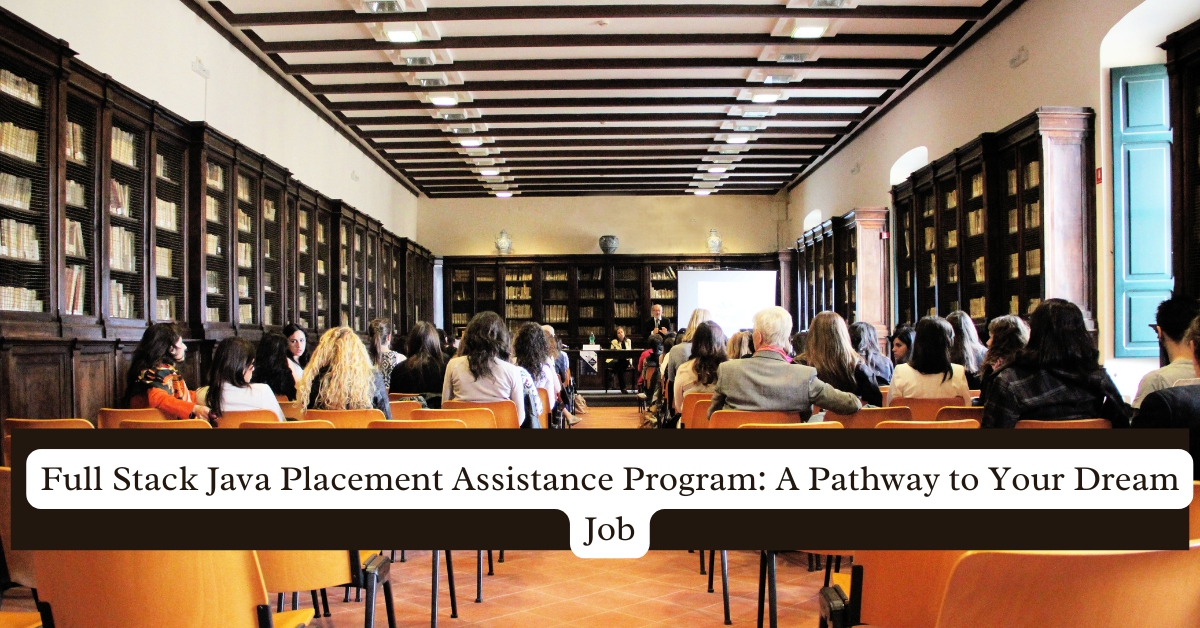In the ever-evolving world of web development, staying ahead requires mastering the right technologies, and one of the most powerful frameworks today is .NET Core. As a full-stack .NET Core developer, you will be well-equipped to handle both the front-end and back-end of applications, providing end-to-end solutions that are scalable, efficient, and robust. This article will guide you through what it takes to become a successful full-stack .NET Core developer, covering essential tools, frameworks, and best practices.
Understanding .NET Core
.NET Core is a cross-platform, open-source framework developed by Microsoft for building modern applications that can run on Windows, macOS, and Linux. It’s a successor to the .NET Framework and is designed to support a variety of workloads, including web applications, cloud services, desktop apps, and more.
Key Features:
- Cross-Platform Development: Unlike its predecessor, .NET Core allows developers to create applications that run seamlessly across different operating systems.
- High Performance: The modular architecture of .NET Core leads to faster performance, which is crucial for enterprise-level applications.
- Open Source: .NET Core is part of the open-source .NET Foundation, ensuring constant updates and community-driven improvements.
The Full-Stack Aspect: From Front-End to Back-End
A full-stack .NET Core developer must be adept at both front-end and back-end development. Here’s a closer look at the tools and technologies involved:
Front-End Development
ASP.NET Core MVC and Razor Pages: These are the go-to frameworks for building dynamic web applications in .NET Core. They allow developers to create views using the Model-View-Controller pattern, making it easier to manage application logic and UI separately.
- MVC (Model-View-Controller): Ideal for complex applications requiring clear separation of concerns. For example, in an e-commerce platform, MVC would handle product catalog management, shopping cart, and checkout processes independently.
- Razor Pages: A simpler alternative to MVC, Razor Pages is perfect for scenarios where you want to focus more on the page itself rather than the architecture.
Blazor: Blazor is a newer framework that allows developers to build interactive web UIs using C# instead of JavaScript. This is particularly useful in environments where you want to maintain a consistent language across the stack.
Back-End Development
ASP.NET Core Web API: For building RESTful services, ASP.NET Core Web API is indispensable. It allows you to create APIs that can be consumed by any client—web, mobile, or desktop applications.
Entity Framework Core (EF Core): This is the ORM (Object-Relational Mapper) for .NET Core. EF Core simplifies data access by allowing developers to work with databases using C# objects instead of SQL queries. It supports multiple database systems, including SQL Server, PostgreSQL, and MySQL.
The Development Workflow
A typical full-stack .NET Core development workflow involves setting up a project using Visual Studio, defining your data models, creating controllers and views (or Razor Pages), and implementing your front-end logic with Blazor or traditional HTML/CSS/JavaScript.
For example, imagine you’re developing a student management system. You’d start by defining student models in EF Core, create a controller to manage CRUD operations, and use Razor Pages to render the student data in the browser. With Blazor, you could even add real-time updates as students register or update their profiles.
Best Practices
- Modular Architecture: Keep your application modular by separating concerns into different layers (e.g., data access layer, business logic layer).
- Asynchronous Programming: Use async/await to keep your applications responsive, particularly when performing I/O operations like database queries.
- Security: Implement security best practices such as data validation, authentication, and authorization. ASP.NET Core provides built-in support for these through Identity and other middleware.
- Testing: Utilize unit tests and integration tests to ensure that each component of your application behaves as expected.
Conclusion
Becoming a full-stack .NET Core developer in 2024 means mastering a versatile set of tools that allow you to create robust, scalable, and efficient applications. Whether you’re building web apps, APIs, or desktop applications, .NET Core provides the flexibility and performance required to succeed in today’s competitive environment.
FAQs
1. What makes .NET Core suitable for full-stack development?
Answer: .NET Core’s cross-platform capabilities, modular architecture, and extensive tooling support make it an ideal choice for full-stack development. It allows developers to build, deploy, and maintain applications efficiently across different environments.
2. How does Blazor compare to traditional JavaScript frameworks?
Answer: Blazor allows developers to build interactive web UIs using C#, eliminating the need to switch between C# and JavaScript. This can simplify development and reduce the learning curve for C# developers.
3. What are the benefits of using EF Core for database management?
Answer: EF Core allows for an object-oriented approach to database management, reducing the need for complex SQL queries and making it easier to manage database migrations and updates.
4. Is it necessary to learn Razor Pages if I’m already familiar with MVC?
Answer: While not necessary, learning Razor Pages can be beneficial for projects where simplicity is key, as it allows for page-focused development without the overhead of the MVC pattern.
5. How does .NET Core handle cross-platform deployment?
Answer: .NET Core is designed to be cross-platform, enabling you to deploy applications on Windows, macOS, and Linux without modification, ensuring a broader reach and easier maintenance.
By mastering the full .NET Core stack, you’ll be equipped to handle every aspect of application development, making you an invaluable asset in any development team.




